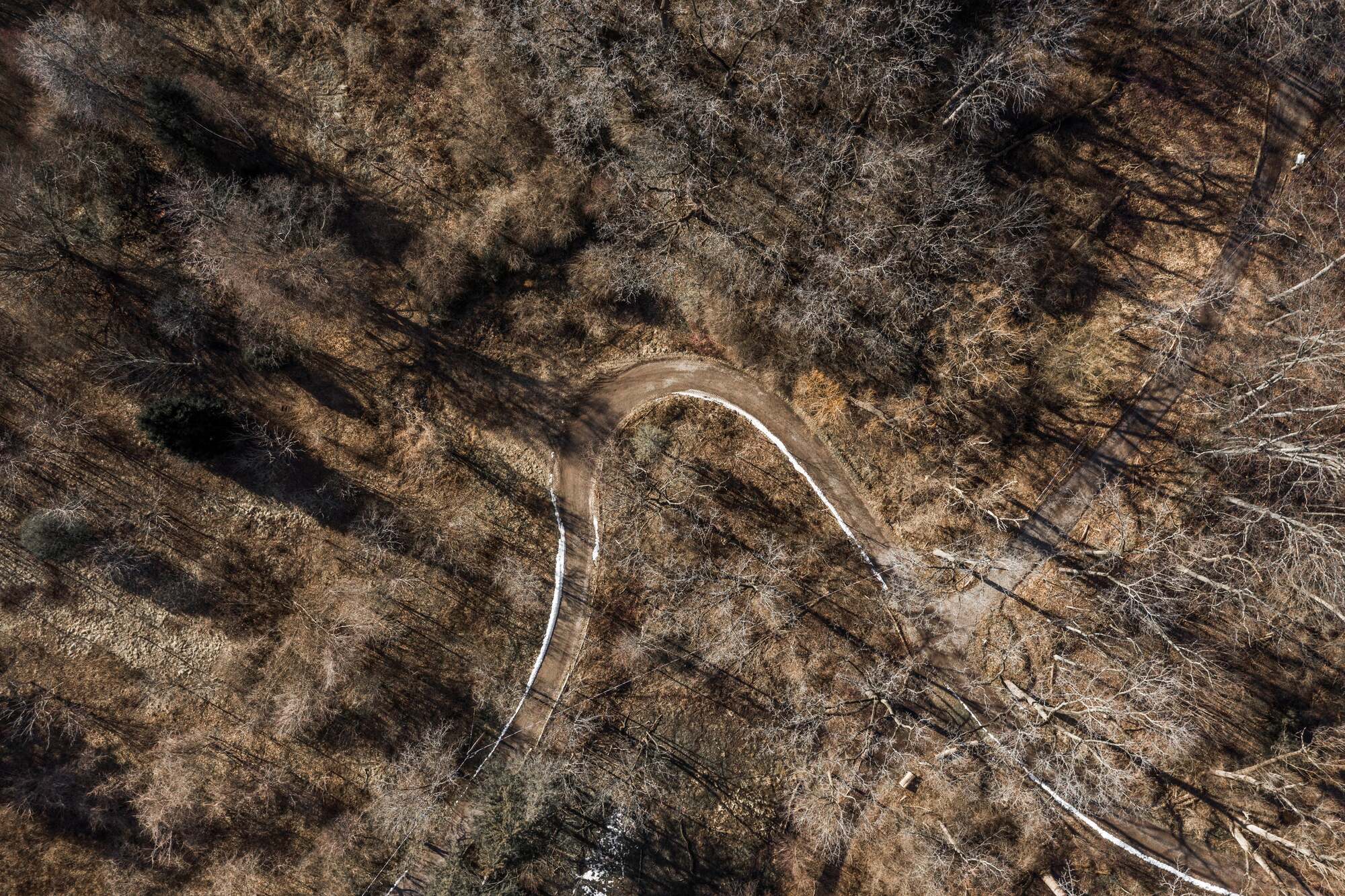A foggy rifle scope that obscures your vision can seriously impair shooting accuracy. If your scope has developed internal fogging, don't panic - it's usually fixable.
(Reading Time: 4-6 Minutes)
This article is intended to provide detailed steps and preventive measures for resolving internal and external fogging of your scope to ensure optimal performance of your scope.
Effectively Determine the Problem of Blurry Rifle ScopesMaterials Needed to Prepare
5 Steps Solve Foggy Rifle Scope
Proper Care & Maintenance
2. If there is still blur after the above operations, it is recommended to check whether the lens is loose: If you shake the optic you can hear and feel if a lens is loose, it means it is loose and needs to be clamped with a special tool.
3. In addition, you can also try to clean the lens. If you find that the blur is caused by oil on the surface, you can use a rag to dip it in water to clean the lens. If you find that there is dirt inside the visible optical system, you can also choose to use micro-spray water to clean it.
Materials Needed
- Desiccant Packs
- Lens Cleaning Solution & Microfiber Cloth
- Anti-fog Products (Optional)
- Screwdrivers & Disassembly Tools (Optional)
Here are the steps to fix a cloudy rifle scope:
Step 1: Inspect the Seals
Internal fogging is typically caused by failed seals that allowed moisture inside the scope body. Carefully examine the seals around the lenses, adjustment turrets, and main tube for any cracks or degradation.

Step 2: Remove Built-Up Moisture
If moisture has already condensed inside, you can try:
- Placing the scope in a warm, dry environment for several hours to allow the fog to evaporate
- Put with desiccant packs inside the scope packaging, and where the scope is stored
- If it can be disassembled, after disassembling the scope, carefully wipe the lens with a fine cloth (for wiping eye lenses or camera lenses), Use a clean microfiber cloth to gently wipe the lens surfaces of the scope, ensuring to remove any dust or dirt. Microfiber cloth is reliable for removing dust particles from the scope.
Then use a hair dryer to blow the lens barrel, do not make it too hot, and install it. When installing, you can add a little good-quality grease to the sealing rings, threads, etc. of the interface to prevent water vapor from entering again in the future.
Step 3: Use Anti-Fog Products (Optional)
Some manufacturers sell anti-fog repair kits that allow you to temporarily displace the moist air with dry gas like nitrogen.
Some rifle scopes have anti-fog coatings that help prevent fogging of the lenses. If your scope doesn't have this feature, you can consider purchasing an anti-fog spray and applying it to the lenses to provide anti-fog protection.
Step 4: Professional Service
You may need to send the scope to an authorized repair facility to have it disassembled, cleaned, re-sealed, and purged with dry gas.
If you don’t know how to dismantle or repair it, you can put it in a moisture-absorbing box that holds things like camera lenses and let it absorb the moisture.
Pinty Fog Proof Green and red illuminations with 5 brightness adjustments for the riflescope and electronic unlimited brightness control for the dot sight. Waterproof and fog proof, it also comes with free lens covers. Take our riflescope with you on your next hunting trip!
Step 5: Replace the Seals (Optional)
If the seals are indeed damaged, you can attempt to replace just the seals yourself if you have some disassembly skills.
If there is no moisture-absorbing box, you can make a sealed box, put uncooked rice or dried newspapers, and then put the scope inside. After sealing, leave it for a few days and it should be fine.
Prevention is Key
Proper storage and use of the rifle scope is important. Keep it dry, clean, avoid extreme temperature changes that cause condensation, and use lens covers when not in use. Address any fogging issues promptly to ensure optimal scope performance.
- Keep it Dry: Always store your rifle scope in a dry environment. Moisture is the primary cause of internal fogging, so keeping it dry is essential.
- Avoid Extreme Temperature Changes: Rapid temperature changes can cause condensation inside the scope. Gradually acclimate your scope to different temperatures to prevent this issue.
- Use Lens Covers: When not in use, keep the lens covers on to protect the lenses from dust, moisture, and scratches.
- Use Moisture-Absorbing Materials: When storing the rifle scope, you can place some moisture-absorbing materials such as silica gel packs or moisture-proof boxes to prevent moisture from affecting the lenses.








